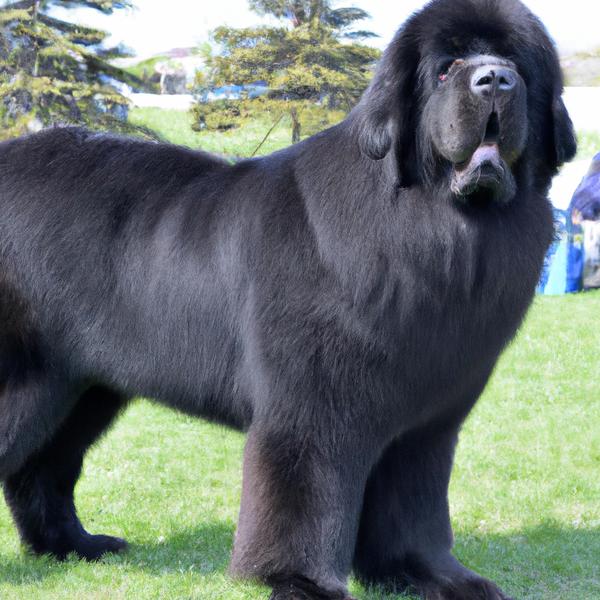Newfoundland vs. Transylvanian Hound: Breed Differences and Similarities
Weight Gain Potential
Which breed eats more: Newfoundland or Transylvanian Hound?
Newfoundland has high obesity risk, needs regular exercise and food control to maintain healthy weight.
Transylvanian Hound has average risk of obesity, needs daily walks and quality diet to maintain healthy weight.
Hypoallergenic
Are Newfoundlands or Transylvanian Hounds hypoallergenic, or neither?
Unfortunately, neither Newfoundland nor Transylvanian Hound are hypoallergenic, which may not make them the best choice for dog lovers who suffer from pet allergies.
Temperament
What are the personalities of Newfoundland and Transylvanian Hound dogs?
Cheerful
Intelligent
Social
Gentle
Courageous
Loyal
Sweet
Courageous
Loyal
Territorial
Good natured
Protective
Independent
Enduring
Quiet
Determined
Lively
Shedding Level
Do Newfoundlands shed more than Transylvanian Hounds, or which breed sheds more, Newfoundlands or Transylvanian Hounds?
Newfoundlands shed a lot of hair each year, so frequent brushing is essential for reducing shedding and maintaining coat health.
Transylvanian Hounds are moderate shedders, but regular brushing can reduce shedding and maintain coat health.
Watchdog Ability
Which dog breed makes a better watchdog, the Newfoundland or Transylvanian Hound?
The Newfoundland and Transylvanian Hound dogs are some of the best choices if you want good watchdogs. These breeds will keep watch over you and your family at all times. They take this task seriously and will typically perform their guarding duty with little to no training. These dogs will require obedience training, or you can consider guard dog training to sharpen their skills.
Origin
What is the origin of Newfoundland and Transylvanian Hound dog breeds?
Canada
Hungary
Ancestry
What are the origins of Newfoundland and Transylvanian Hound breeds?
tibetan mastiff
Scent Hound
Breed recognition
Which kennel clubs recognize/register Newfoundland and Transylvanian Hound?
American Canine Registry
American Kennel Club
America's Pet Registry
Canadian Kennel Club
Dog Registry of America Inc.
Federation Cynologique Internationale
Kennel Club of Great Britain
North American Purebred Registry, Inc.
American Canine Association, Inc.
Australian National Kennel Council
Continental Kennel Club
National Kennel Club
New Zealand Kennel Club
United Kennel Club
Dog Registry of America Inc.
American Canine Association, Inc.
United Kennel Club
Foundation Stock Service
Date of Birth
When were Newfoundland and Transylvanian Hound breeds first developed?
1700s
9th Century
Breed Group
What is the Breed Group of Newfoundland and Transylvanian Hound?
Working (AKC:1886)
Guardian Dog (UKC)
Hound
Eye Color Possibilites
What are the eye colors of Newfoundland and Transylvanian Hound dogs?
Brown
Brown
Nose Color Possibilites
What are the natural nose colors of Newfoundland and Transylvanian Hound?
Black
Black
Coat Color Possibilites
What are the natural colors of the coat for Newfoundland and Transylvanian Hound breeds?
Black
Gray
Brown
Cream
Pied
Brindle
Black
Coat Length
What is the typical coat length for Newfoundland and Transylvanian Hound breeds?
Newfoundlands have longer coats compared to most dogs.
Transylvanian Hounds have coats that can be either short or medium in length.
Coat Density
What is the density of the coat of Newfoundland and Transylvanian Hound?
Coat Texture
What is the hair texture of Newfoundland and Transylvanian Hound?
Wavy
Straight
Litter Size
What is the usual litter size for Newfoundland and Transylvanian Hound?
A Newfoundland can have a litter of 9-12 puppies on average. However, it's worth noting that the size of the litters can vary greatly. Factors that can influence litter size include the health of the mother, breeding history, and genetics.
A Transylvanian Hound can have a litter of 10-12 puppies on average. However, it's worth noting that the size of the litters can vary greatly. Factors that can influence litter size include the health of the mother, breeding history, and genetics.
Adaptability
Newfoundlands are known for their adaptability and can adjust well to different environments and lifestyle changes.
Transylvanian Hounds are highly adaptable and versatile, making them excellent companions for families and individuals of all lifestyles.
Health Issues
Between Newfoundland and Transylvanian Hound, which breed is more prone to health problems?
Newfoundland and Transylvanian Hound breeds are very healthy, with little need for frequent vet visits. However, it's important to keep an eye on their health and have them checked by a veterinarian when needed.
Major Concerns
What are the major health concerns for Newfoundland and Transylvanian Hound breeds?
Gastric Torsion
Elbow Dysplasia
Pulmonic Stenosis
Hip Dysplasia
Subvalvular Aortic Stenosis
Usually A Very Healthy Breed
Minor Concerns
What minor health issues should be kept in mind when owning Newfoundland and Transylvanian Hound?
Entropion
Cataract
Osteochondritis Dissecans
Hip And Elbow Dysplasia
Occasional Tests
What occasional tests are recommended for Newfoundland and Transylvanian Hound breeds?
Cardiac
Eye
Hip
Elbow
Blood
X-Rays
Eye Examination
Physical Examination
OFA on hips and elbows
Energy
How do the energy levels of Newfoundlands and Transylvanian Hounds compare?
Newfoundlands are suitable for those with a balanced lifestyle as they have an average energy level.
Transylvanian Hounds' high energy levels make them unsuitable for a low-key dog, choose accordingly.
Social Needs
Newfoundland vs Transylvanian Hound social needs comparison
Newfoundland and Transylvanian Hound have above average social needs compared to other breeds. They thrive in environments where they have a lot of interaction with humans and other dogs.
Exercise Needed
Newfoundland vs Transylvanian Hound exercise need comparison.
Newfoundlands need moderate physical activity and are great for families and active individuals.
Transylvanian Hounds require significant physical activity and suit those with an active lifestyle.
Sleeping Need
Which of the two sleeps the most/least: Newfoundland or Transylvanian Hound?
Newfoundlands have moderate energy levels and typical sleep patterns of 12-14 hours per day.
Transylvanian Hounds sleep less than other breeds but still need adequate sleep for good health.
Drooling Tendency
Which drools more/less, Newfoundland or Transylvanian Hound?
Newfoundland excessively drools, consider a different breed if not appealing.
Transylvanian Hound is an average drooler, monitor for excessive drooling which may indicate health issues.
Tendency to Bark
Do Newfoundlands or Transylvanian Hounds bark more/less frequently?
Newfoundland dogs are generally less vocal than other breeds and only bark when necessary, such as to alert their owner or communicate.
Transylvanian Hounds bark moderately when necessary and may also bark due to certain triggers like fear, alarm, boredom, greeting, separation anxiety and compulsive barking.
Territorial
Is the Newfoundland or Transylvanian Hound a better guard dog?
These breeds are known for being extremely protective and make excellent guard dogs. They possess a strong instinct to defend their territory and owners and have a high level of vigilance and alertness.
Mouthiness
Mouthiness Comparison: Newfoundland vs Transylvanian Hound?
Roaming urge
Newfoundland vs Labrador: Running away tendency?
Prey Drive
Newfoundland or Transylvanian Hound - which breed has a higher level of prey drive?
Past times
What are some enjoyable activities and ways to keep Newfoundland and Transylvanian Hound entertained?
Making friends, Dog Parks, Catch treats, Attention, Shopping, Slow walking, Sniffing, Walk, Play, Groom, Cuddle, Swim, Eat
Run, Scent Games, Fetch, Agility, Cuddling, Walks, Chasing, Running, Tag game, Sleeping
Activity Level
Which breed has higher energy, Newfoundlands or Transylvanian Hounds?
Both Newfoundland and Transylvanian Hound are medium-energy dogs that enjoy socializing and playing with other dogs. They may engage in casual or sustained games of chase, and occasionally have bursts of barking or racing around the house.
Tolerance of being left alone
Walks per Week
How many miles should Newfoundland or Transylvanian Hound walk each week?
There's really no limit to how far you walk your dog as long as they're comfortable. For Newfoundland, it's at least 15 miles / week. Just remember to build distance and stamina gradually over time.
There's really no limit to how far you walk your dog as long as they're comfortable. For Transylvanian Hound, it's at least 10 miles / week. Just remember to build distance and stamina gradually over time.
Activity per Day
Do Newfoundlands or Transylvanian Hounds require more exercise?
Both Newfoundland and Transylvanian Hound typically require a minimum of 60 minutes of exercise each day. The exercise can be spread throughout the day and may involve high-energy activities like walking, running, and playing.
Grooming
Which breed is easier to maintain in terms of grooming, Newfoundlands or Transylvanian Hounds?
Newfoundlands have high grooming needs, requiring regular trims and professional grooming assistance to keep their coat healthy.
The Transylvanian Hound requires an average amount of grooming compared to other breeds.
Brushing Frequency
What is the recommended brushing frequency for Newfoundland and Transylvanian Hound dogs?
Newfoundland and Transylvanian Hound should be brushed at least once a week. Of course, you can give them more frequent brushes if you find that they are still shedding a lot.
Brushing Tools
What brushing tools are used for Newfoundlands and Transylvanian Hounds?
Pin Brush
Slicker Brush
Deshedder
Nail Clipper
Slicker Brush
Nail Clipper
Cups
How much food should be given to Newfoundland or Transylvanian Hound in cups?
For an average 130-150 pound (59 - 68 kg) Newfoundland feed 4 cups daily. But, keep in mind, the amount you feed is going to be dependent on the quality of the food you are feeding.
For an average 66-77 pound (30 - 35 kg) Transylvanian Hound feed 2.6 cups daily. But, keep in mind, the amount you feed is going to be dependent on the quality of the food you are feeding.
Daily Cost
Which breed has a higher daily cost, Newfoundland or Transylvanian Hound?
The average cost of a Newfoundland is somewhere $4.20 - $4.80 per day.
The average cost of a Transylvanian Hound is somewhere $1.70 - $2.00 per day.
Monthly Cost
Which breed has a higher monthly cost, Newfoundland or Transylvanian Hound?
The average per month expenses of a Newfoundland is between $126 - $143. This makes an average of $1512 - $1716 per year. It will be on the higher side when the dog is still small because it will need more frequent visits to the vet, shots.
The average per month expenses of a Transylvanian Hound is between $48 - $63. This makes an average of $576 - $756 per year. It will be on the higher side when the dog is still small because it will need more frequent visits to the vet, shots.
Intelligence
Comparing Intelligence: Newfoundlands vs Transylvanian Hounds
The Newfoundland and Transylvanian Hound breeds are considered very intelligent and easy to train.
Sensitivity Level
How do Newfoundland and Transylvanian Hound compare in sensitivity?
These breeds are more sensitive than others and easily overwhelmed by new surroundings and people. Newfoundland and Transylvanian Hound need gentle handling and a calm, stable home environment with positive reinforcement training.
Affection Dependance
Which is the more affectionate dog breed: Newfoundland vs Transylvanian Hound?
Apartment Friendly
Which breed is more apartment-friendly: Newfoundland or Transylvanian Hound?
Newfoundlands and Transylvanian Hounds are dogs that do well in apartments with sufficient exercise, but they would really appreciate a small yard.
Child Friendly
Do Newfoundlands or Transylvanian Hounds have a friendlier temperament towards children?
Newfoundlands make excellent family pets for kids due to their gentle, protective nature and calm temperament.
Transylvanian Hounds have an average level of friendliness towards children.
Senior-friendly
Which dog is more suitable as a pet for the elderly - Newfoundland or Transylvanian Hound?
Cat Friendly
Do Newfoundland or Transylvanian Hound breeds have a better compatibility with cats?
Newfoundlands are very friendly with cats and make great companions for them.
Transylvanian Hounds are average in their friendliness toward cats and tend to do well with them, especially if raised together.
Dog Friendly
Which breed is more sociable with other dogs: Newfoundland or Transylvanian Hound?
Newfoundlands and Transylvanian Hounds are friendly, active and loyal companions. They generally love to be around other dogs, making them a good family pet for some.
Pet friendly
How do Newfoundland or Transylvanian Hound dogs interact with other pets?
Stranger Friendly
Which breed is more friendly with strangers: Newfoundland or Transylvanian Hound?
Newfoundland and Transylvanian Hound are friendly dogs and typically won't bark at strangers. However, if you wish to change this behavior, training them is easy thanks to their intelligence, making it pretty simple to teach them anything.
Playfulness
Which breed is more playful between Newfoundland and Transylvanian Hound?
Newfoundlands have an average level of playfulness, enjoying playtime like most dogs but not excessively so.
Transylvanian Hounds are a playful breed that needs daily playtime to be happy.
Trainability
How do the trainability levels of Newfoundlands and Transylvanian Hounds compare?
Newfoundland and Transylvanian Hound dogs are known for their ease of training and ability to learn quickly, making them a popular choice for pet owners and trainers alike.
Compare Newfoundland with other breeds
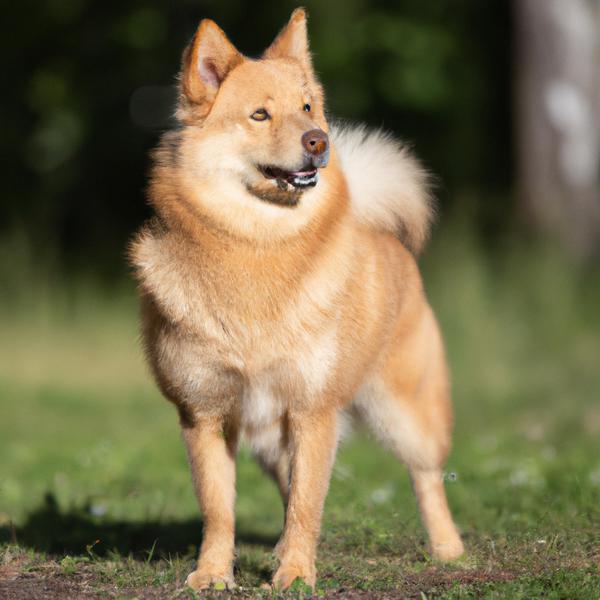
Finnish Spitz
Newfoundland vs Finnish Spitz

Bea-Tzu
Newfoundland vs Bea-Tzu
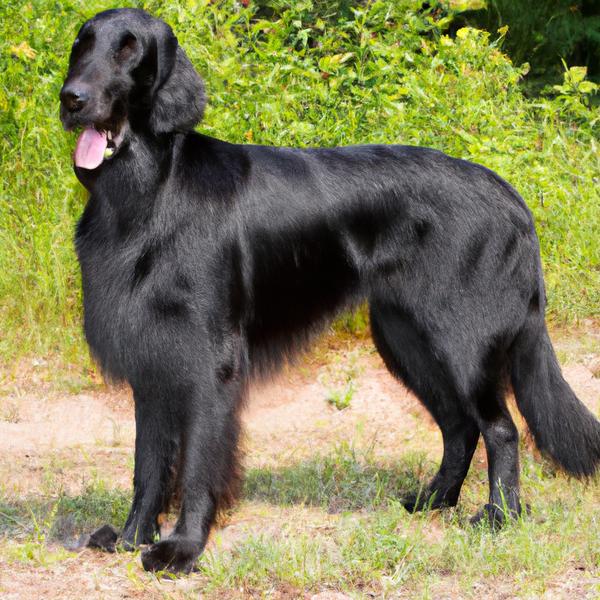
Flat-Coated Retriever
Newfoundland vs Flat-Coated Retriever

Transylvanian Hound
Newfoundland vs Transylvanian Hound
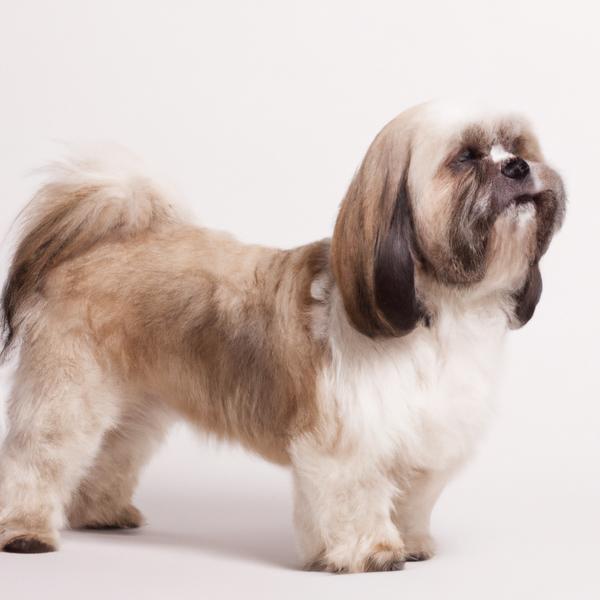
Lhasanese
Newfoundland vs Lhasanese
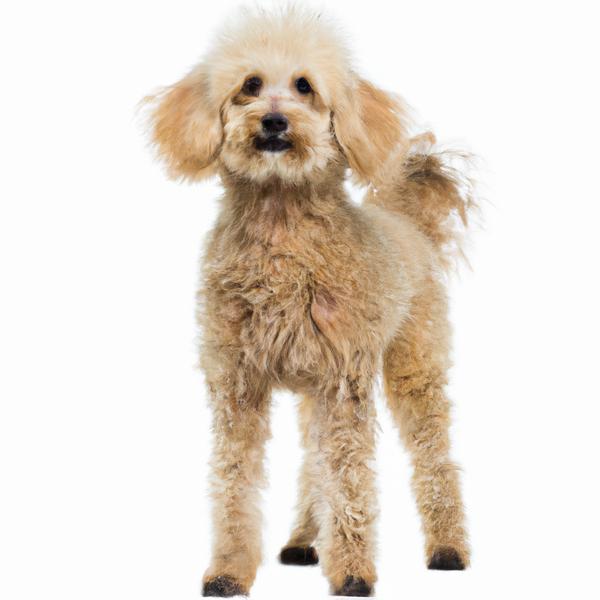
Pootalian
Newfoundland vs Pootalian
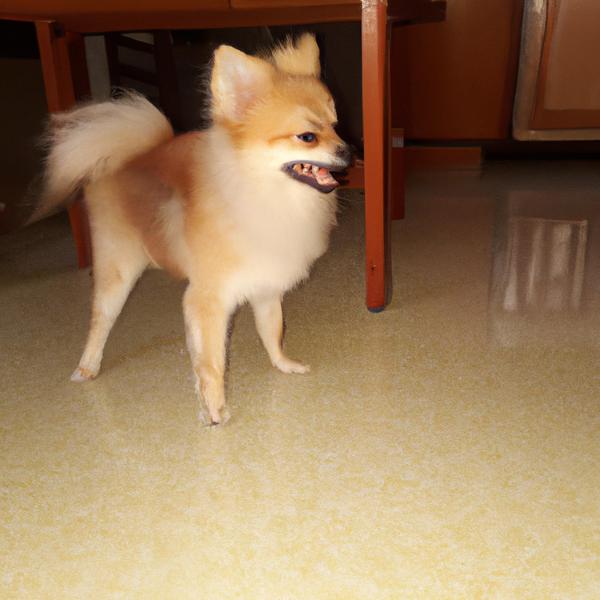
Pomerat
Newfoundland vs Pomerat
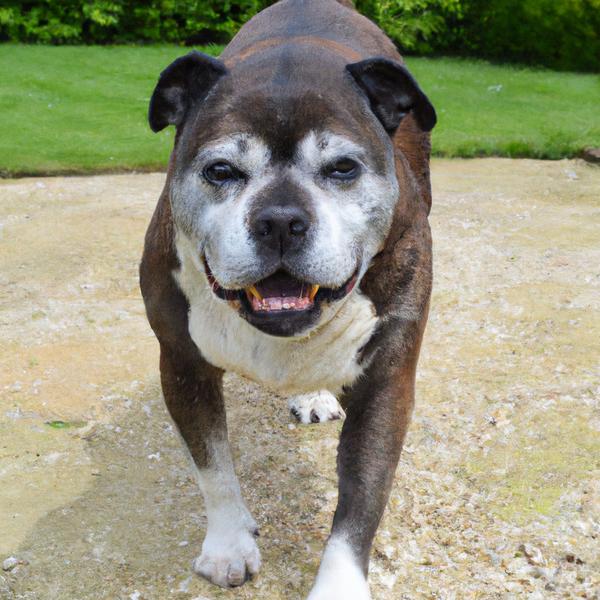
Olde Staff Bulldogge
Newfoundland vs Olde Staff Bulldogge
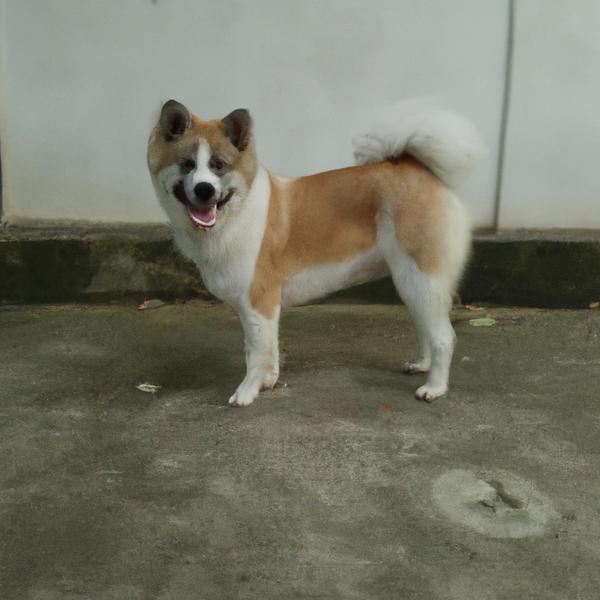
Baskimo
Newfoundland vs Baskimo
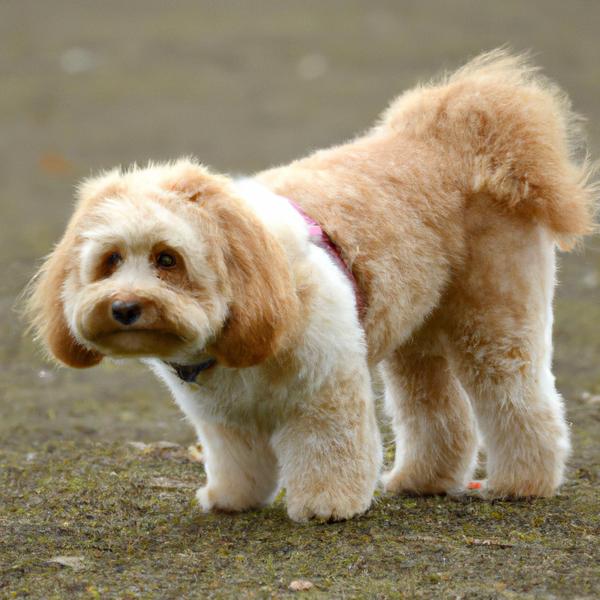
Aki-Poo
Newfoundland vs Aki-Poo
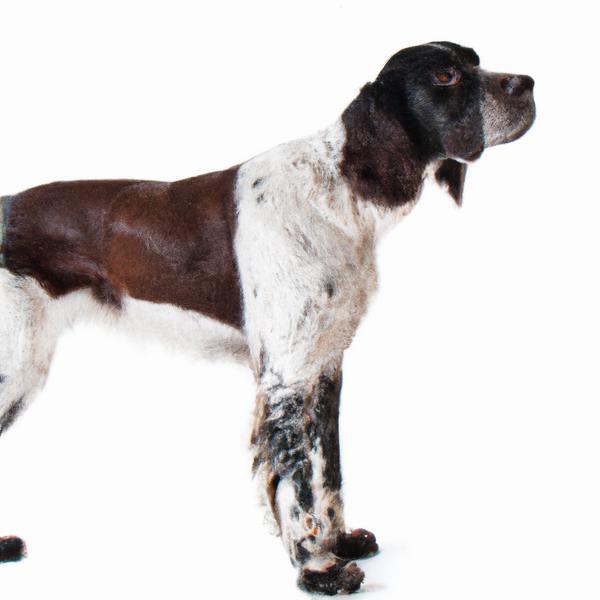
Spanador
Newfoundland vs Spanador
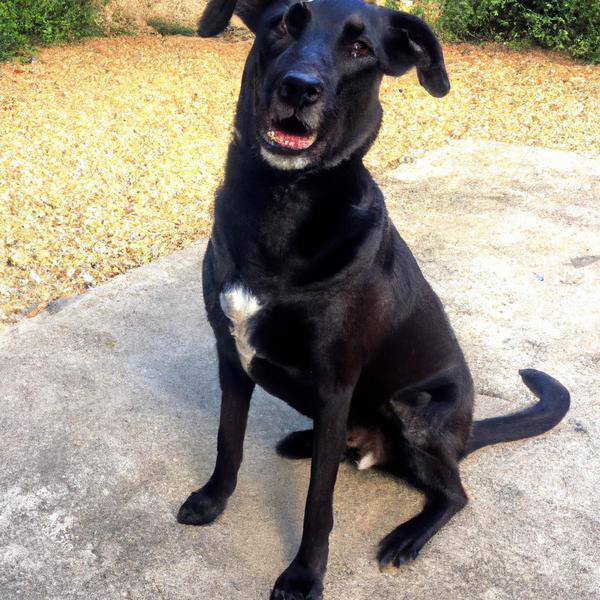
Labollie
Newfoundland vs Labollie
